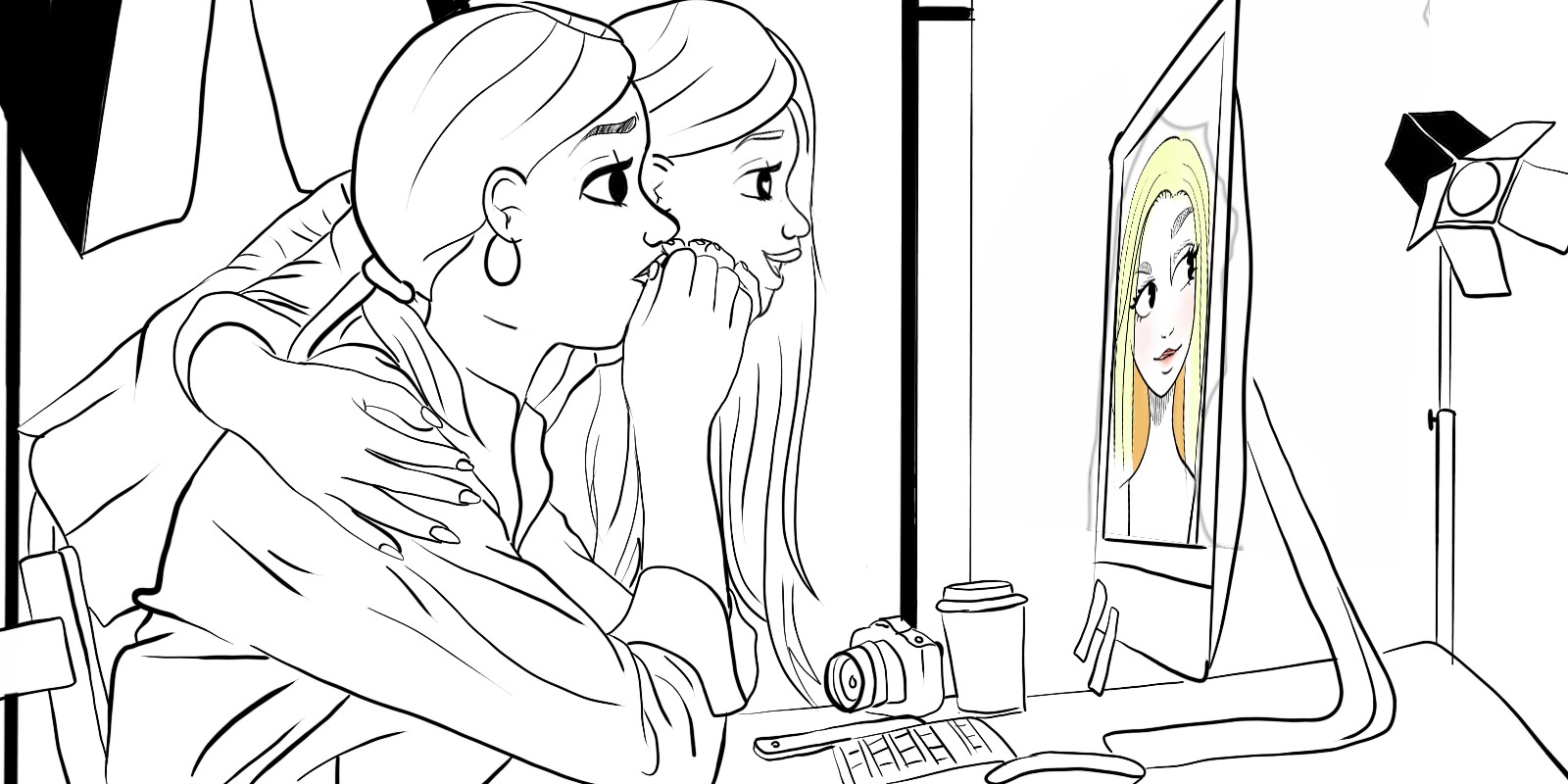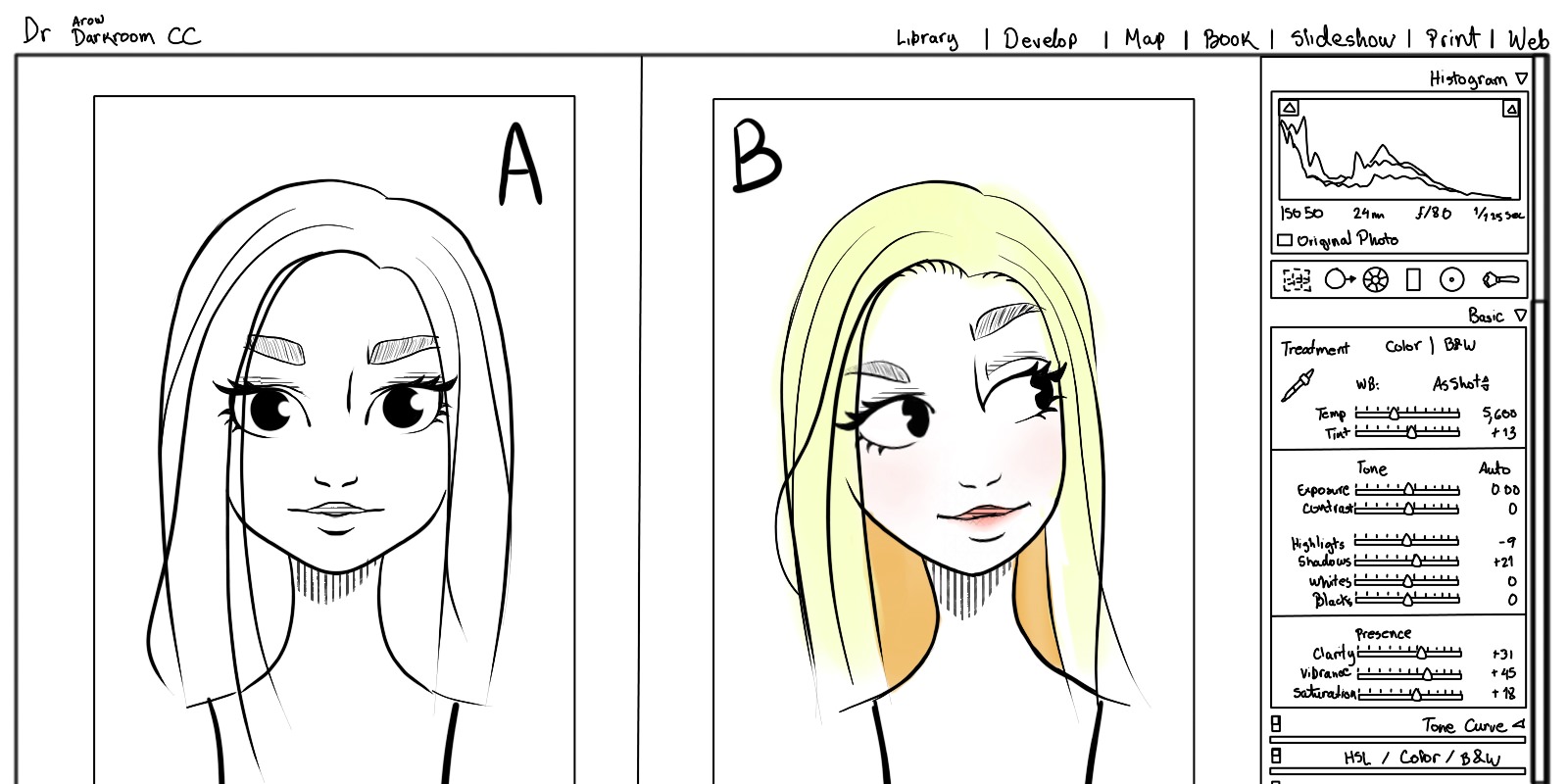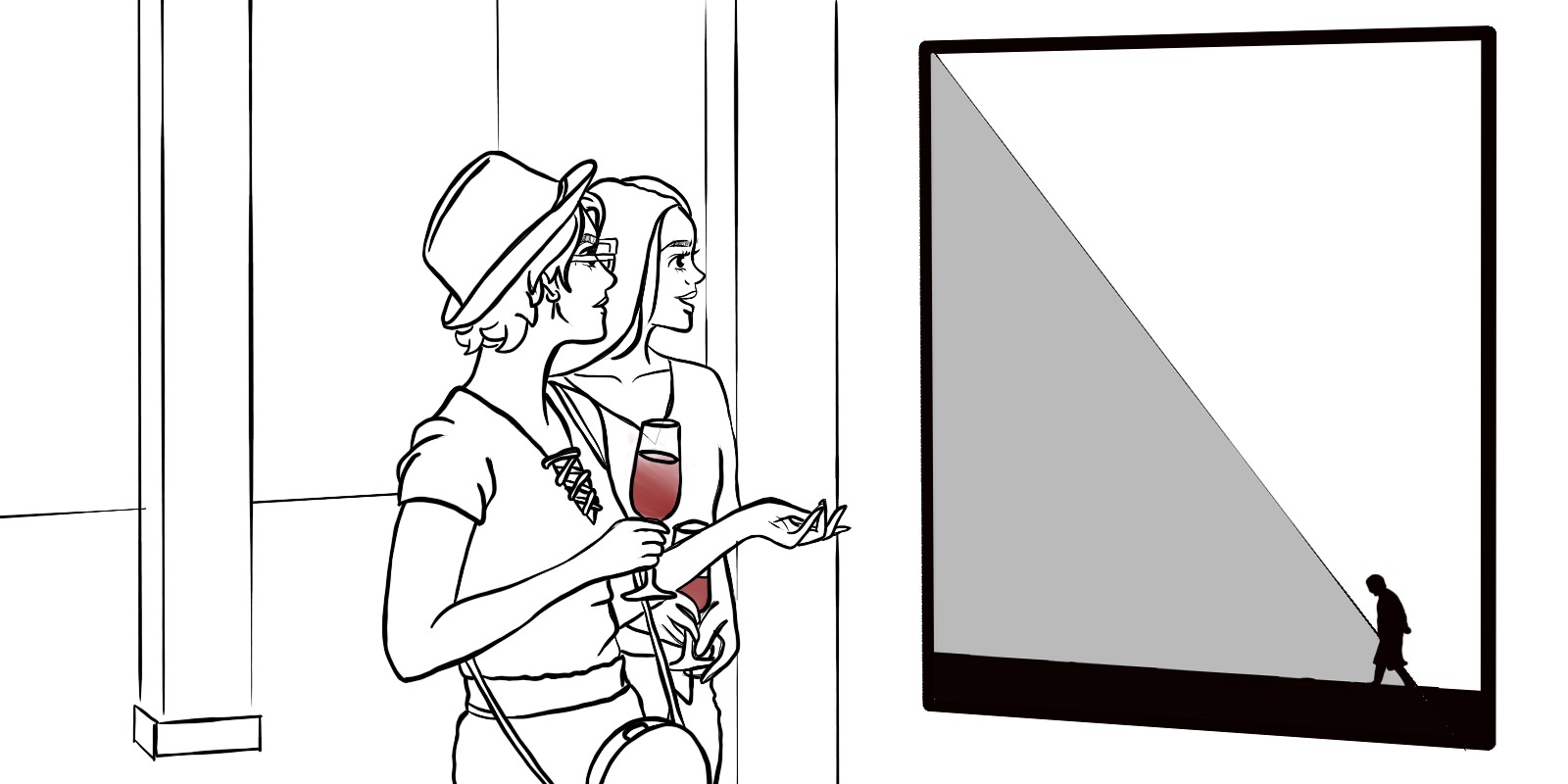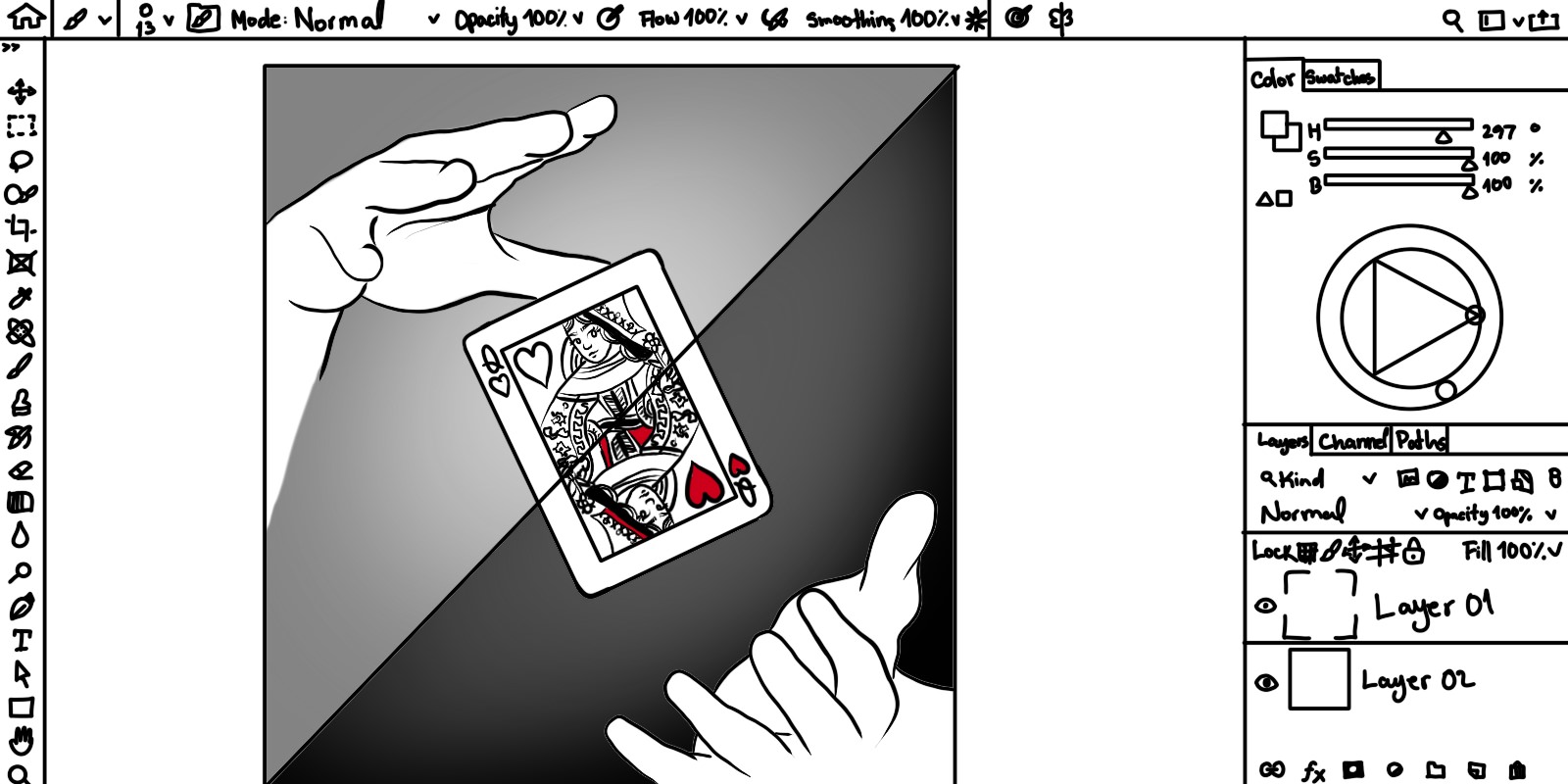
Putting Down the Pen: Five Ways of Knowing When Done Is Done
Put down the pen, the paintbrush, the mouse, the camera, the hammer and chisel, the glue, the glitter, the lights, the backdrop, the tripod; close Photoshop and Lightroom, minimize those extra windows, the color palette, and sit back, relax, take it in.
There is so much energy in creation—so much potential. It is easy to keep meddling, tweaking, and touching up to reach, finally, perfection. It might seem impossible to step away and know when a picture is finally done. Yet at some point the new work calls; the finished piece must be saved, printed, framed, and displayed for the world’s gaze as capital A Art. You have arrived.
But how do you know when done is done? Here are five easy tips to reflect upon to let you know it’s time to look upon your creation, declare it good, and begin the next great idea.
When It Tells a Story
The post-impressionist painter Pierre Bonnard famously said, “A painting that is well composed is half finished.” This, perhaps, is even more true of a photograph. With the proper framing, more than just the picture is portrayed. When shot well, a scene emerges. Even before photographic edits begin, the composition will be able to tell a story.
Look for the details which showcase what is outside the canvas or screen. Find that tension that can make the viewer curious and engaged. The best tales of art are not told by looking at the photograph, but are felt within ourselves when the photograph shows us that which our eyes cannot see.

When It Speaks to You
Perhaps the true meaning of your work is not present beforehand, shining like a beacon from your imagination, demanding your hours and skill to pull it from the ether. Perhaps it shows up in the midst of creation. Perhaps not until it is finished do you fully understand what you have wrought. But there is a reason you opened your shutter at the world before you. Sometimes it takes work to make this clear. This is a more exploratory artistry.
If this is how you create, you must watch carefully to your process. While creating, some alterations will feel true, some will feel like an imposition. Realize that the effect it has for you during editing will also be present for the viewer. Trust this knowing. For it is not you, but your art which declares its own conclusion. When the vision matches the form before you, then let the work speak for itself.

When It Speaks to Them
Jim Morrison said that “real poetry doesn’t say anything; it just ticks off the possibilities. Opens all doors. You can walk through any one that suits you.” It is the same with photography. And while we all might feel the tendency to stand over our work like a proud mother and explain exactly what we meant by the light streaks of green or how the depth of field shifts the focus, the explanation of a work can only hinder someone else’s journey through it. So when someone sees your art, when its poignancy rises within the viewer, when it moves them without you explaining how or why, you know not only that your art is finished, but also, it is effective.

Before It Is Finished
Your art must tell the story well, have polish and impact, and yet, it must retain tension and life. Too often the term finished means lifeless. When the story is too complete, the tale withers and dies. This is a tricky space to navigate. The final touch could be too much. However, digital files are much more forgiving than a canvas and brush. Save a version of the photo before those final touches. Then compare. Look for the tension of the piece, not the polish. If those last few edits take away the tension, reverse them and call it complete. After all, it is as Da Vinci said, “Art is never finished, only abandoned.”

When It Matches the Original Vision
In an oft-repeated anecdote, Oscar Wilde discusses working all morning on his poems. He took out a comma. He then remarked that in the afternoon he put it back. So goes editing. Thank goodness for Photoshop’s back button. We edit and edit and shift and tweak only to realize it was better before. Though it is a delicate balance.
The Beat poets declared, “First thought best thought.” This is the vision we seek. This is why we take off the lens cap, why we wait for the right light, why we click open the shutter. There is something fleeting we wish to capture. Something magnificent we wish to share. And while your skill as an artist is growing, you can not let the technique speak louder than the work.
When the first thought comes through, when it speaks clearly, let it be. Regardless of how much there could be done, you must allow the What Ifs to pass through and not muddy up the clarity of purpose which made you pick up the camera in the first place. Because when the work is good, when you touch something human, communicable, and real, no one will notice that missing brushstroke.

It is a mixture of confidence and caution, a hesitance if the work is good enough and a hallelujah of the artistry. But when you listen to your work—when you read it, see it, feel it, touch, or taste it (not recommended for all media), and you know it exists outside of yourself, then it is time to set it free. Hold an opening, a reception, a reading. Kick that art from the nest. It will fly. Or it will find its wings on the way. And sit back and watch it soar. But not for too long—there is still so much more to do.












